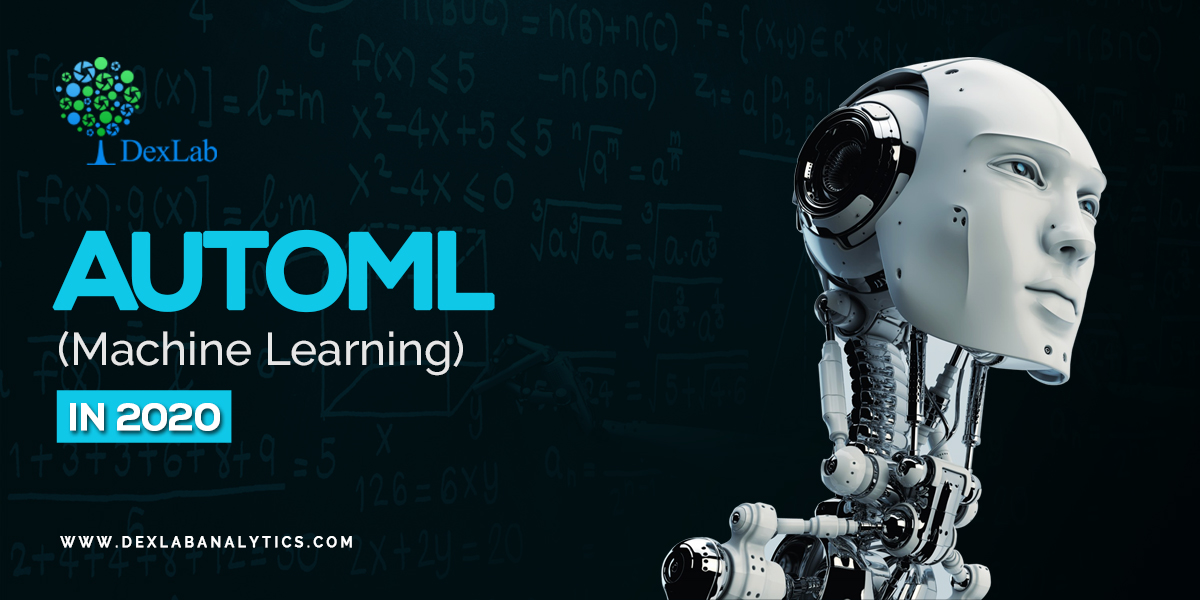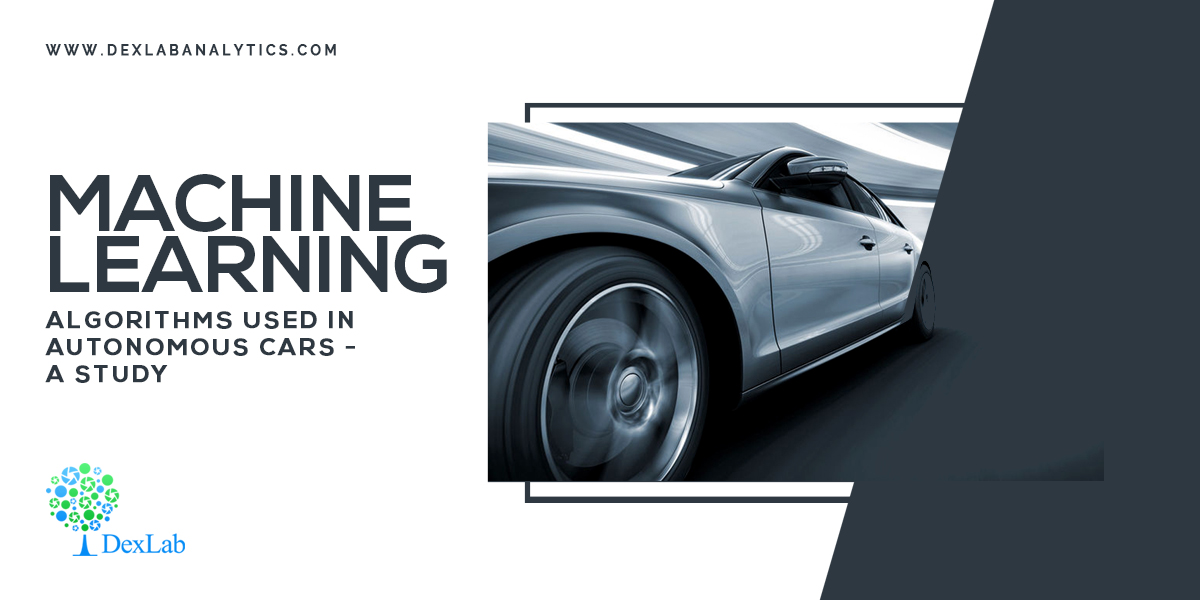Machine Learning, a subset of Artificial Intelligence, has taken the world by storm. A method of data analysis, it is a system that is equipped with expertise to learn from data, identify patterns and take decisions with minimal human intervention.
From clearing our email inboxes of spam to tagging our friends’ faces in social media photograph uploads, Machine Learning is crucial to all aspects of our lives. Here are some problems that Machine Learning can easily take care of.
Manual Data Entry
The problem of inaccuracy and duplication of data that business houses wish to avoid when automating their processes can be tackled with the help of Machine Learning (ML). A report says, “ML programs use the discovered data to improve the process as more calculations are made. Thus machines can learn to perform time-intensive documentation and data entry tasks.”
Moreover, ML knowledge workers can, nowadays spend more time solving problems of higher-value while ML takes care of repetitive work. “Arria, an AI based firm has developed a natural language processing technology which scans texts and determines the relationship between concepts to write reports.”
Detecting Spam
Spam detection, one of the earliest tasks for ML systems, has upgraded.“Four years ago, email service providers used pre-existing rule-based techniques to remove spam. But now the spam filters create new rules themselves using ML.”This is because of ‘neural networks’ installed in spam filters, “Google now boasts of 0.1 percent of spam rate.”
Neural Networks fitted in spam filters can teach themselves to learn to recognize junk mail and phishing messages “by analyzing rules across an enormous collection of computers. In addition to spam detection, social media websites are using ML as a way to identify and filter abuse.”
Product Recommendation
Unsupervised learning enables companies to put in place a product based recommendation system. By studying purchase history of a customer and a correspondingly large inventory of products, ML models can identify certain products in which a customer is likely to be interested.
“The algorithm identifies hidden pattern among items and focuses on grouping similar products into clusters. A model of this decision process would allow a program to make recommendations to a customer and motivate product purchases.”
Medical Diagnosis
Machine Learning in the medical field is touted to improve patients’ health with minimum costs. “Use cases of ML are making near perfect diagnoses, recommend best medicines, predict readmissions and identify high-risk patients. These predictions are based on the dataset of anonymized patient records and symptoms exhibited by a patient.”

Computer Vision
Computer vision “produces numerical or symbolic information from images and high-dimensional data. It involves machine learning, data mining, database knowledge discovery and pattern recognition.” Potential business applications of image recognition technology can be found in healthcare and automobiles. A tech giant has produced a computer vision powered earpiece that can narrate its interpretation of the outside world to a visually impaired person.
Machine Learning has many applications in industries the world over. For more on this, or a related subject, do peruse the DexLab Analytics website. DexLab Analytics is the best Machine Learning course in Delhi.
.




